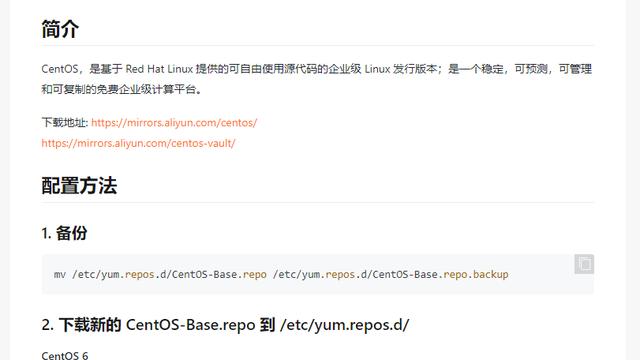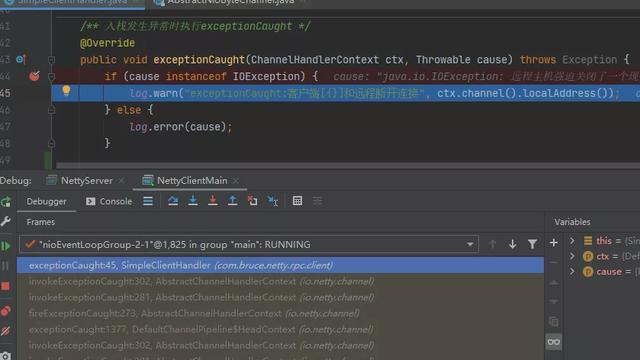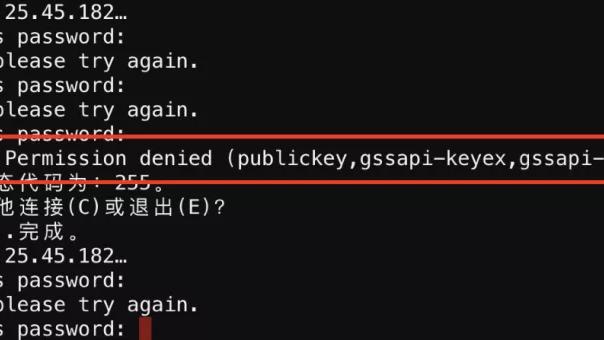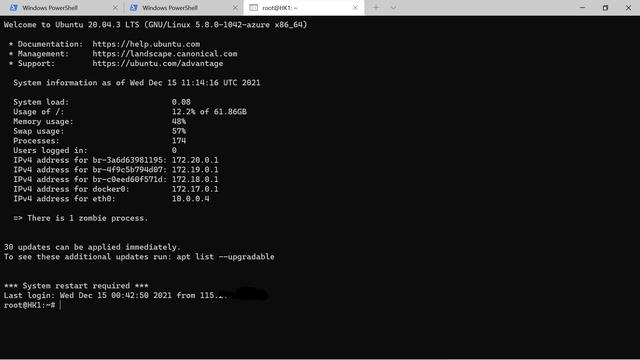Nginx就像一辆高性能的汽车,Nginx二进制可执行文件是发动机(可更换,即热部署),Nginx.conf配置文件就是驾驶舱,access.log就是行车记录仪,而error.log便是黑匣子。

一、源码目录
下面我们先看下Nginx的目录结构:
Nginx的源码主要分布在src/目录下,而src/目录下主要包含三部分比较重要的模块。
core:包含了Nginx的最基础的库和框架。包括了内存池、链表、hashmap、String等常用的数据结构。
event:事件模块。Nginx自己实现了事件模型。而我们所熟悉的Memcached是使用了Libevent的事件库。自己实现event会性能和效率方便更加高效。
http:实现HTTP的模块。实现了HTTP的具体协议的各种模块,该部分内容量比较大。
二、Nginx进程结构
Nginx是一款多进程的软件。Nginx启动后,会产生一个master进程和N个工作进程。其中nginx.conf中可以配置工作进程的个数:
worker_processes 1;
多进程模块有一个非常大的好处,就是不需要太多考虑并发锁的问题。
我们常见的软件Memcached就和Nginx相反,就是典型的多线程模型的C语言软件。

三、Nginx架构图
整体的Nginx架构图如下:

四、Nginx模块设计
高度模块化的设计是Nginx的架构基础。Nginx服务器被分解为多个模块,每个模块就是一个功能模块,只负责自身的功能,模块之间严格遵循“高内聚,低耦合”的原则。

基础数据结构篇 - 内存池
一、内存池
一般我们使用malloc/alloc/free等函数来分配和释放内存。但是直接使用这些函数会有一些弊端:
虽然系统自带的ptmalloc内存分配管理器,也有自己的内存优化管理方案(申请内存块以及将内存交还给系统都有自己的优化方案,具体可以研究一下ptmalloc的源码),但是直接使用malloc/alloc/free,仍然会导致内存分配的性能比较低。
频繁使用这些函数分配和释放内存,会导致内存碎片,不容易让系统直接回收内存。典型的例子就是大并发频繁分配和回收内存,会导致进程的内存产生碎片,并且不会立马被系统回收。
容易产生内存泄露。
二、数据结构定义
1. ngx_pool_t 内存池主结构
/**
* Nginx 内存池数据结构
*/
struct ngx_pool_s {
ngx_pool_data_t d; /* 内存池的数据区域*/
size_t max; /* 最大每次可分配内存 */
ngx_pool_t *current; /* 指向当前的内存池指针地址。ngx_pool_t链表上最后一个缓存池结构*/
ngx_chain_t *chain; /* 缓冲区链表 */
ngx_pool_large_t *large; /* 存储大数据的链表 */
ngx_pool_cleanup_t *cleanup; /* 可自定义回调函数,清除内存块分配的内存 */
ngx_log_t *log; /* 日志 */
};
2. ngx_pool_data_t 数据区域结构
typedef struct {
u_char *last; /* 内存池中未使用内存的开始节点地址 */
u_char *end; /* 内存池的结束地址 */
ngx_pool_t *next; /* 指向下一个内存池 */
ngx_uint_t failed;/* 失败次数 */
} ngx_pool_data_t;
3. ngx_pool_large_t 大数据块结构
struct ngx_pool_large_s {
ngx_pool_large_t *next; /* 指向下一个存储地址 通过这个地址可以知道当前块长度 */
void *alloc; /* 数据块指针地址 */
};
4. ngx_pool_cleanup_t 自定义清理回调的数据结构

三、数据结构图

Nginx源码分析
一、代码实例
HTTP模块篇,我们讲过Nginx的HTTP阶段处理
#include <ngx_config.h>
#include <ngx_core.h>
#include <ngx_http.h>
static ngx_int_t ngx_http_hello_handler(ngx_http_request_t *r);
static char *
ngx_http_hello(ngx_conf_t *cf, ngx_command_t *cmd, void *conf);
static ngx_int_t ngx_http_hello_init(ngx_conf_t *cf);
static ngx_int_t ngx_http_hello_log_handler(ngx_http_request_t *r);
/**
* 处理nginx.conf中的配置命令解析
* 例如:
* location /hello {
* hello
* }
* 当用户请求:http://127.0.0.1/hello的时候,请求会跳转到hello这个配置上
* hello的命令行解析回调函数:ngx_http_hello
*/
static ngx_command_t ngx_http_hello_commands[] = { {
ngx_string("hello"),
NGX_HTTP_MAIN_CONF | NGX_HTTP_SRV_CONF | NGX_HTTP_LOC_CONF | NGX_HTTP_LMT_CONF
| NGX_CONF_NOARGS, ngx_http_hello,
NGX_HTTP_LOC_CONF_OFFSET, 0, NULL },
ngx_null_command };
/**
* 模块上下文
*/
static ngx_http_module_t ngx_http_hello_module_ctx = { NULL, ngx_http_hello_init, NULL, NULL,
NULL, NULL, NULL, NULL };
/**
* 模块的定义
*/
ngx_module_t ngx_http_hello_module = {
NGX_MODULE_V1, &ngx_http_hello_module_ctx, ngx_http_hello_commands,
NGX_HTTP_MODULE, NULL, NULL, NULL, NULL, NULL, NULL, NULL,
NGX_MODULE_V1_PADDING };
/**
* 命令解析的回调函数
* 该函数中,主要获取loc的配置,并且设置location中的回调函数handler
*/
static char *
ngx_http_hello(ngx_conf_t *cf, ngx_command_t *cmd, void *conf) {
ngx_http_core_loc_conf_t *clcf;
clcf = ngx_http_conf_get_module_loc_conf(cf, ngx_http_core_module);
/* 设置回调函数。当请求http://127.0.0.1/hello的时候,会调用此回调函数 */
clcf->handler = ngx_http_hello_handler;
return NGX_CONF_OK;
}
/**
* 模块回调函数,输出hello world
*/
static ngx_int_t ngx_http_hello_handler(ngx_http_request_t *r) {
if (!(r->method & (NGX_HTTP_GET | NGX_HTTP_HEAD))) {
return NGX_HTTP_NOT_ALLOWED;
}
ngx_int_t rc = ngx_http_discard_request_body(r);
if (rc != NGX_OK) {
return rc;
}
ngx_str_t type = ngx_string("text/plain");
ngx_str_t response = ngx_string("Hello World");
r->headers_out.status = NGX_HTTP_OK;
r->headers_out.content_length_n = response.len;
r->headers_out.content_type = type;
rc = ngx_http_send_header(r);
if (rc == NGX_ERROR || rc > NGX_OK || r->header_only) {
return rc;
}
ngx_buf_t *b;
b = ngx_create_temp_buf(r->pool, response.len);
if (b == NULL) {
return NGX_HTTP_INTERNAL_SERVER_ERROR;
}
ngx_memcpy(b->pos, response.data, response.len);
b->last = b->pos + response.len;
b->last_buf = 1;
ngx_chain_t out;
out.buf = b;
out.next = NULL;
ngx_log_error(NGX_LOG_ERR, r->connection->log, 0,
"hello world ");
return ngx_http_output_filter(r, &out);
}
/**
* 初始化
* 将ngx_http_hello_log_handler挂载到NGX_HTTP_LOG_PHASE日志处理阶段
*/
static ngx_int_t ngx_http_hello_init(ngx_conf_t *cf) {
ngx_http_handler_pt *h;
ngx_http_core_main_conf_t *cmcf;
cmcf = ngx_http_conf_get_module_main_conf(cf, ngx_http_core_module);
h = ngx_array_push(&cmcf->phases[NGX_HTTP_LOG_PHASE].handlers);
if (h == NULL) {
return NGX_ERROR;
}
*h = ngx_http_hello_log_handler;
return NGX_OK;
}
/**
* NGX_HTTP_LOG_PHASE日志处理阶段的回调函数å
*/
static ngx_int_t ngx_http_hello_log_handler(ngx_http_request_t *r) {
/* 仅仅在日志处理阶段,新增加一行日志 */
ngx_log_error(NGX_LOG_ERR, r->connection->log, 0,
"hello ==================================> ");
return NGX_DECLINED;
}
————————————————
版权声明:本文为CSDN博主「老码农zhuli」的原创文章,遵循CC 4.0 BY-SA版权协议,转载请附上原文出处链接及本声明。
原文链接:https://blog.csdn.net/initphp/article/details/72912723
二、初始化绑定阶段处理
我们定义了一个ngx_http_hello_init的方法,主要用于将
ngx_http_hello_log_handler函数挂载到NGX_HTTP_LOG_PHASE日志处理阶段

其中ngx_http_hello_init方法在模块上下文ngx_http_hello_module_ctx的处理阶段被初始化
/**
* 模块上下文
*/
static ngx_http_module_t ngx_http_hello_module_ctx = { NULL, ngx_http_hello_init, NULL, NULL,
NULL, NULL, NULL, NULL };
四、编译调试结果
因为我们绑定的是日志处理阶段,所以每次对Nginx的HTTP请求,都会回调
ngx_http_hello_log_hanlder方法
我们可以看Nginx的日志中发现,我们已经成功了





















